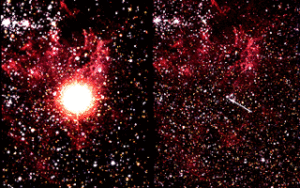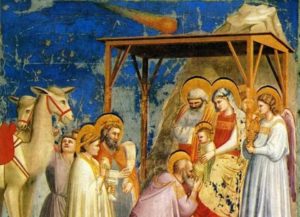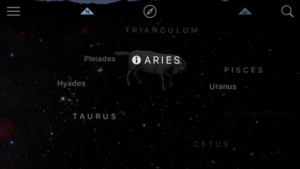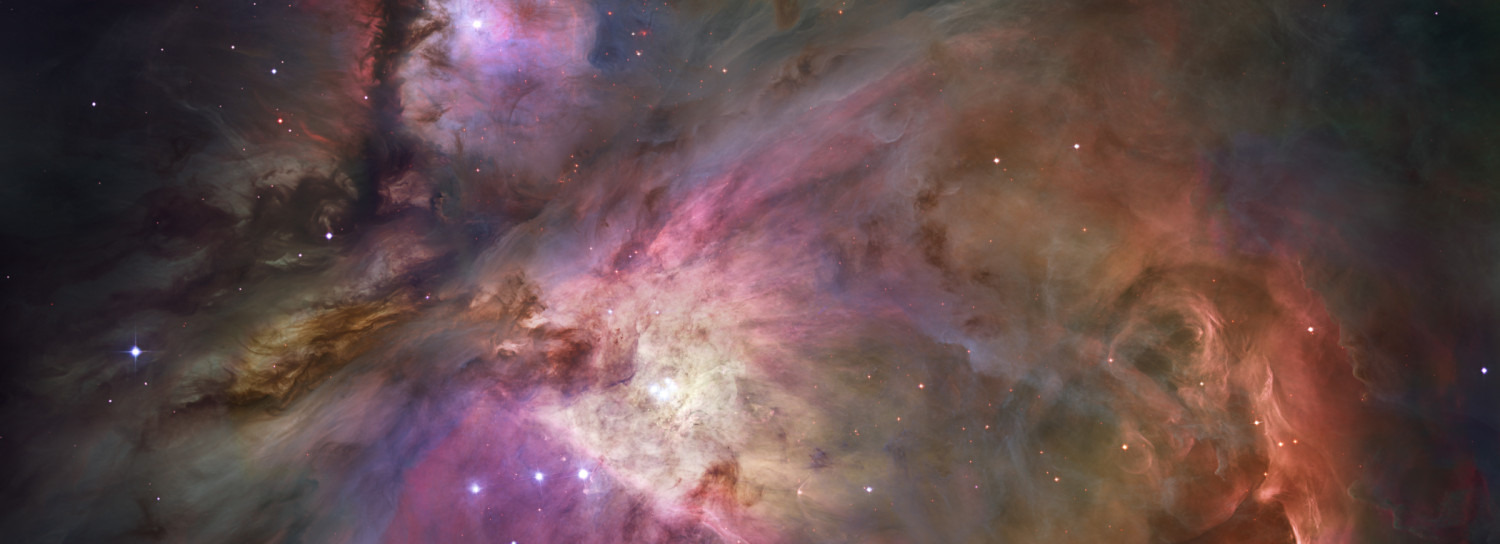“In the time of King Herod, after Jesus was born in Bethlehem of Judea, wise men from the East came to Jerusalem, asking, “Where is the child who has been born king of the Jews? For we observed his star at its rising, and have come to pay him homage.” When King Herod heard this, he was frightened and all Jerusalem with him; and calling together all the chief priests and scribes of the people, he inquired of them where the Messiah was to be born. They told him, “In Bethlehem of Judea; for so it has been written by the prophet: ‘And you, Bethlehem, in the land of Judah, are by no means least among the rulers of Judah; for from you shall come a ruler who is to shepherd my people Israel.'” Then Herod secretly called for the wise men and learned from them the exact time when the star had appeared. Then he sent them to Bethlehem, saying, “Go and search diligently for the child; and when you have found him, bring me word so that I may also go and pay him homage.” When they had heard the king, they set out; and there, ahead of them, went the star that they had seen at its rising, until it stopped over the place where the child was. When they saw that the star had stopped, they were overwhelmed with joy. On entering the house, they saw the child with Mary his mother; and they knelt down and paid him homage. Then, opening their treasure chests, they offered him gifts of gold, frankincense, and myrrh. And having been warned in a dream not to return to Herod, they left for their own country by another path.”
–Matthew 2: 1-12, New Revised Standard Version Bible
You don’t need to be a Christian to know the story related above. Approximately 2000 years ago, a baby was born in a small town south of Jerusalem to a young couple under somewhat mysterious circumstances. That child would be destined to have a profound impact on our world, splintering Judaism, marking the beginning of the end for the Roman Empire as it then existed, and spreading monotheism around the globe. In his short life, that child would grow into an adult possessing an incredible ability to challenge personal bias and beliefs, a keen wit, the willingness to fight for equality and the rights of those who were not in power, and, if the stories are indeed accurate, powers that defy our understanding of science and nature.
According to the Bible, Jesus of Nazareth was born in that small town of Bethlehem under the light of a celestial object, and I do not refer to the angelic host. The famous Star of Bethlehem was a bright object in the stars above the Middle East before and around the time of Jesus’ birth. In the story, “Wise Men” took note of the object and interpreted it as something of great importance. They set out and travelled to Judea, eventually presenting significant gifts to the young Jesus and his family. The details of who they were and where these wise men came from have been muddled about and lost by time. The Bible never really mentions “three” of them, but we have widely accepted that three gifts meant three men. Some eastern Christian sects think there may have been twelve voyagers following the celestial signal light above. THAT would have been a significant number in more ways than one. They may have come from Persia (now Iran), India, Babylonia and perhaps as far away as China. One thing is agreed on in all the tales and speculations: They were astrologers. While not exactly a respected “science” today, astrology certainly was the height of astronomical studies in the time period, and one has to grant them this – they knew the objects in and the motions of the night sky.
What they saw in those dark skies over 2000 years ago fascinated them. They knew that, whatever the object was, it was signaling a sea change of, pardon the turn of phrase, Biblical proportions. So what, exactly, did they see that inspired them to hop on their pack animals and travel hundreds, if not thousands of miles, to see what was going on?
Opinions vary, but there is general consensus that the Star of Bethlehem was most certainly not a star, at least not a normal star. One leading theory is that it may have been a supernova or hypernova, a massive star that, at the end of its lifecycle, collapses in on itself and explodes in, again pardon the phrase, stellar fashion. Chinese and Korean astronomers took note of a supernova around 5 BC, which given the lack of exact dates and that we don’t exactly have a birth certificate for Jesus, could have been the right timeframe. No one, however, anywhere else in the world seems to have taken note of this supernova, so it is likely to have been a rather faint one, not much brighter than a normal star. Just one that showed up where a star had not been visible before. If this is the case, no one other than the careful eastern astronomers of the day would have taken note. And a nearby supernova would have been noticed by ev

eryone. Take a look at Supernova 1987a, which exploded 168,029 years ago in the Large Magellanic Cloud (a satellite galaxy of the Milky Way visible from the southern hemisphere) and whose light reached us in February of 1987. No, the object above Bethlehem was most likely NOT a supernova.
Another possibility was a comet. Perhaps the most famous comet of all, Halley’s, WAS visible in the region in 12 BC. The author of Matthew, however, writes it up as a “star”, not a comet, and even then people knew the difference. Well, not exactly – they didn’t know that a comet was a ball of ice and dust, but they knew it wasn’t the same as a star. And they usually assumed comets meant something BAD was

coming. It might have made sense for King Herod, given his recorded paranoia and subsequent actions, to have seen a comet in the skies, but for the writers of Matthew, and the Magi themselves, a comet doesn’t fit the bill.
One more recent idea is that the Star of Bethlehem wasn’t even on single object. Maybe it was a conjunction. In astronomy, a conjunction occurs when two objects have either the same right ascension or same ecliptic longitude as observed from Earth. That is, they appear to occupy the same very small section of the sky. If close enough, the naked eye will cease to be able to perceive the objects as separate. And if bright planets or stars are involved, they can seem to merge into one, brilliant but temporary object in the heavens.
Professor Grant Matthews, an astrophysicist from the University of Notre Dame in South Bend, Indiana, thinks that the Star of Bethlehem was just that – a conjunction. Matthews has run the clock back in the night sky to simulate the positions of planets and constellations in those evenings 2000 years ago. A rate planetary alignment occurred in 6 BC, that saw the sun, Jupiter, the Moon and Saturn all were in the constellation Aries. Close by in the skies, Venus was in Pisces and Mercury and Mars were in Taurus. While not forming a single, brilliant “star” in the sky (although Jupiter and Saturn could have formed a brighter than normal point is close enough together) the positioning of ALL the visible-eye known planets, Moon, and daytime location of the

sun is such a small patch of sky would have been Earth-shattering for astrologers of the time, given the timing near the vernal equinox. Given the professions of the wise men, this conjunction may make the most sense for what would be recorded decades later as the “Star” of Bethlehem.
The mystery of the celestial object in the skies above baby Jesus may never be truly solved. And, honestly, for many, it is just a story, part of what became the legendary effects that Jesus had on the world. It is only referenced in one of the four Biblical gospels, and may have been included simply to back up the legitimacy of Jesus as a heavenly born King on Earth. Whatever the reason, it is a fascinating part of what has merged and morphed into the modern tale of Jesus’ birth. The impacts of his life after that sequence of events cannot be disputed, nor should his teachings be ignored. He was one of the first to truly speak of the birthright of all humans – a world of equality and bounty for all, to be shared equally amongst us, regardless of color of skin, sex, nationality, and yes, even creed.
To me, in my personal version of Christianity, the “star” that night represents something else as well. The promise of our creators that the heaven’s themselves belong to us. We have a much bigger world to explore than the lands and waters themselves on Earth. This is our cradle, our Garden, and should be treated with the respect and careful tending that designation deserves. The Solar System, which likely was the most prominent part of the Star of Bethlehem’s display, is our greater home.
Jesus himself may have been showing us that evening so long ago. “All these worlds are yours…”
